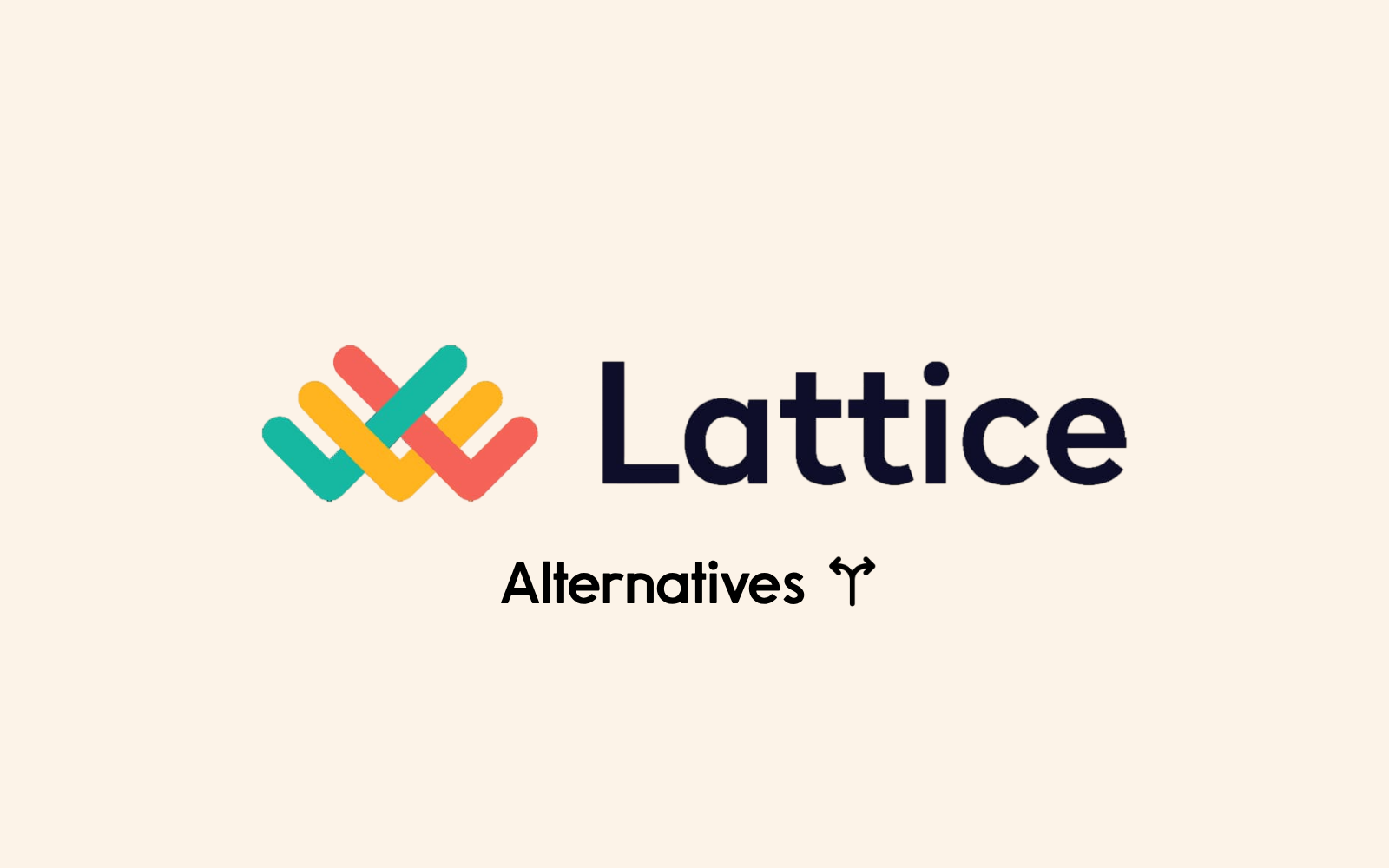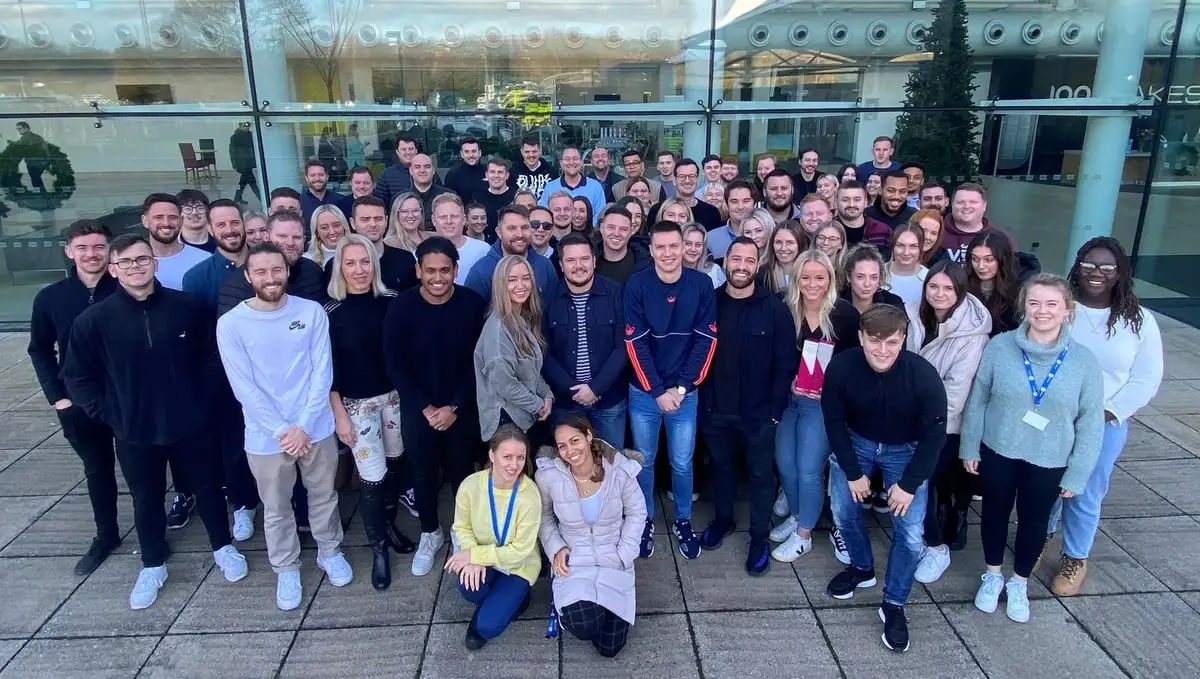Survey fatigue comes in an array of types, all of which can skew the results of the most well-written employee questionnaires.
- Question fatigue
- Long survey fatigue
- Disingenuous survey fatigue
- Survey response fatigue
Question fatigue
When you ask people a lot of similar questions, they get tired of answering what looks to them like the same thing over and over.
Tempting as it is to axe all repetitive questions, these questions help to test the concurrent validity of a survey – how accurately each question measures what you want it to. Asking similar questions also helps you to check that your questions are being interpreted as you intended.
Our method of avoiding question fatigue is to shuffle around similar questions and ask them on a rotating basis, using daily pulse questions. This breaks up the repetition by putting days and weeks between one question and its similar-looking counterpart – it’ll also help you tackle long survey fatigue.
Long survey fatigue
When a survey goes on for a long time, people start to switch off, and their answers can get skewed by response bias.
70% of people have abandoned a long survey before completion, and only 9% of surveyees say they take the time to answer a long survey thoughtfully.
People are also less likely to restart a long survey if their progress is lost halfway through – a growing issue in the age of online surveys that rely on fickle concepts like ‘wifi’ and ‘battery’.
Luckily, you don’t need to compromise on the size of your survey to avoid long survey fatigue – you can just spread your long list of questions over a period of time, asking a few questions on a daily or weekly basis.
Surveys can also get a bit lengthy when you factor in the standard demographic questions – age, gender, employment sector, mother’s maiden name, etc – but some of this info’s pretty vital. If you can handle these details before your employees get involved, you’ll make sure your team reserve their energy for the important stuff.
Disingenuous survey fatigue
Basically, if your employees don’t feel like you’ll act on their feedback, it makes them feel like their time’s being wasted, and that never makes for the most insightful responses.
Features of disingenuous surveys include:
- leading questions
- questions about non-negotiables
- no opportunity for further comment
Whilst it’s easy to avoid these features, it’s harder to ensure your team read all questions as genuine. To show your employees that the survey is genuine, you’ve got to show them that their answers are being properly used.
When you create an initiative in direct response to data gathered in your survey, go ahead and highlight it to your team. Giving a few minutes of your Monday meeting over to a ‘you said, we did’ segment can really help drive home the attention you’re paying to your team’s feedback.
Survey response fatigue
This fatigue sets in before your employees even start the survey, tempting them to avoid it altogether.
44% of people say that their reason for avoiding a survey is that they never got around to it, they were too busy, or the survey came at a bad time.
Our advice is not to force reluctant employees to participate, as it’ll only encourage rushed responses. Instead, consider sending out quick pulse questions and giving your team members the chance to answer them now or in the next few days.
This way, even if a few employees don’t get around to a question of the day, you’ll only be missing one tiny bit of data, rather than an entire survey’s worth.
Well, that’s about everything for now. Fancy a bit more light reading?
Check out our interview with Grahame Carter, CSO of Gattaca, for his tips on engaging: employees of different generations, new starts & even yourself as a leader.







